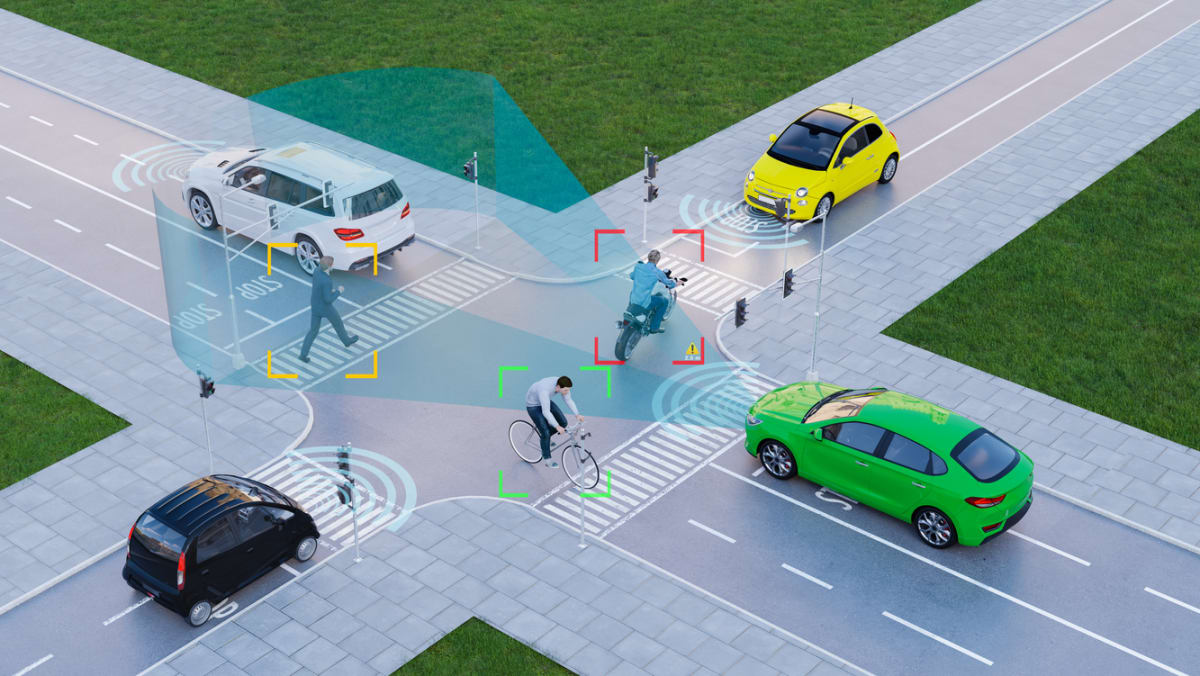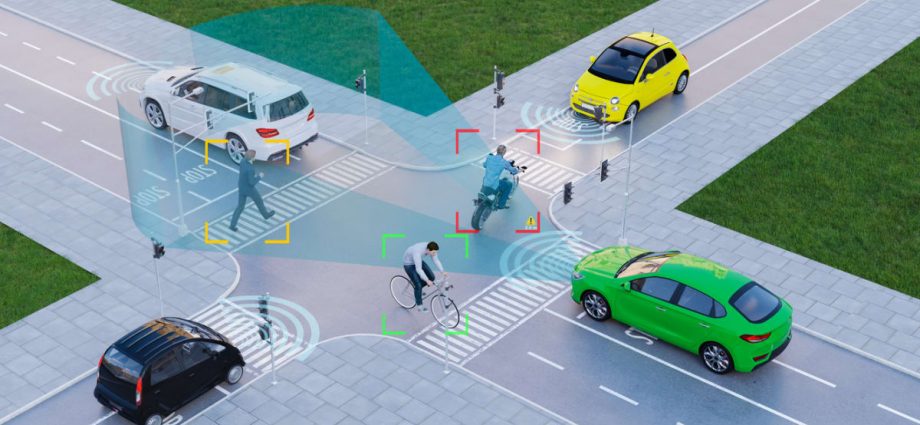
WHERE DO WE GO FROM HERE?
Presently, it is unclear if the expected benefits will far outweigh the potential risks and billions of dollars of investments into research and trials. But the tide of technology keeps pushing forward and half a dozen cities in the world have introduced robo-taxis, driverless street cleaners and various forms of goods delivery AVs into the transportation mix.
Singapore is well-positioned to take advantage of AVs. In the five years up to 2021, there were 35,040 traffic accidents with casualties, of which 534 cases were fatal. If AVs delivered on the promise of improved road safety and slashed these numbers by half, it would be a boon to society.
Having AVs in our transportation mix will also help Singapore’s ambitions to become a car-lite society. Singapore could get a running start and prepare our urban master plan and transport plan to take advantage of the potential benefits.
Early preparation will allow us to minimise the impact of the expected downside risks. For example, we could prepare for new, higher skilled jobs related to the operations and maintenance of AV systems, fleet management, customer support and so on.
Given that AVs are already deployed in parts of China and the US, we might expect to see AVs shuttling passengers and goods around Singapore within the next decade. In the meantime, let us all work on clearing the roadblocks to allow for a smoother roll-out of AVs.
Ku Swee Yong is a post-graduate researcher from the Singapore University of Social Sciences and Dr Sheila Conejos is the Head of Master of Built Environment Programme at the same institute.
This commentary is the second of a three-part series on autonomous vehicles and how Singapore might benefit from the advantages that this new technology could bring. You can read the first part of the series here.

